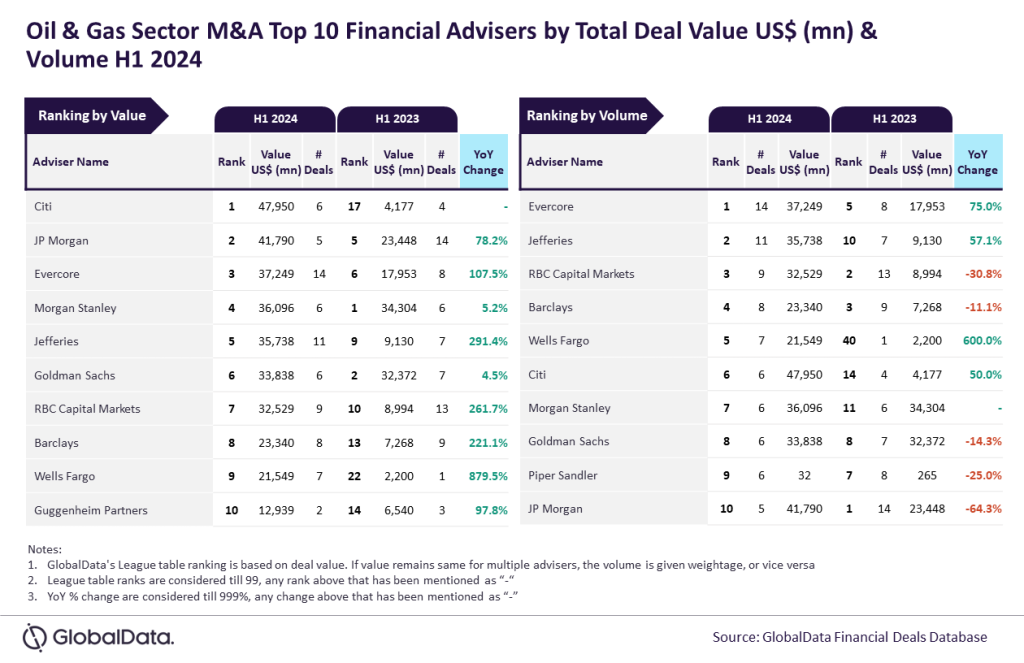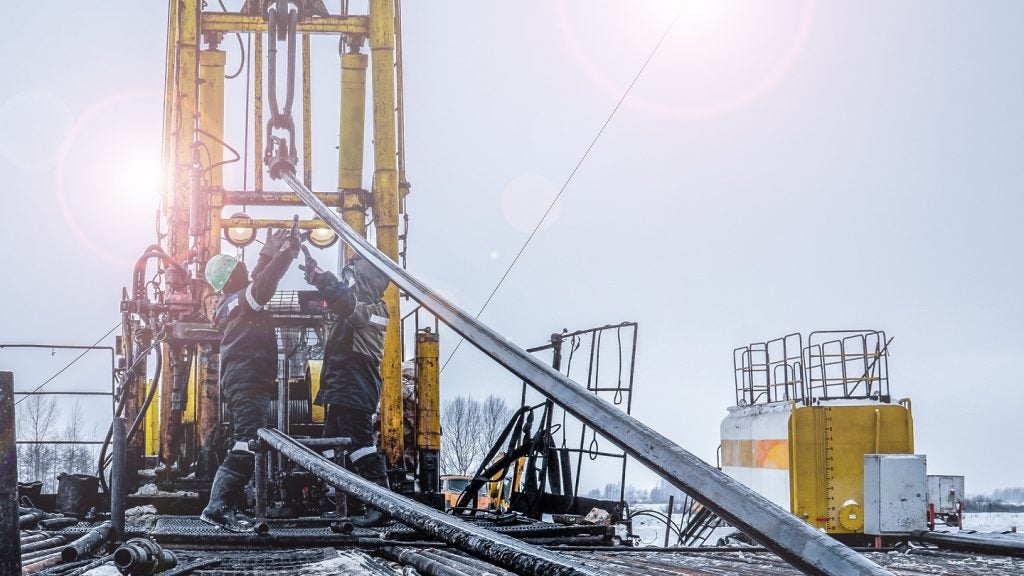Sidayu is a producing conventional oil field located in shallow water in Indonesia and is operated by PT Saka Energi Indonesia. According to GlobalData, who tracks more than 34,000 active and developing oil and gas fields worldwide, the field is located in block Pangkah, with water depth of 49 feet. Buy the profile here.
Field participation details
The field is owned by PT Pertamina (Persero).
Production from Sidayu
The Sidayu conventional oil field recovered 19.51% of its total recoverable reserves, with peak production in 2022. Based on economic assumptions, production will continue until the field reaches its economic limit in 2058.
About PT Saka Energi Indonesia
PT Saka Energi Indonesia (PGN Saka), a subsidiary of PT Perusahaan Gas Negara (Persero) Tbk is an upstream oil and gas company which includes exploration, exploitation and development of energy sources. Its services include upstream oil and gas business and investment, covering the exploration, development of energy resources, exploitation services. The company carries out and manages its production and exploration sharing contracts in Pangkah, South Sesulu, Wokam II, Pekawai, Muriah, Ketapang and West Yamdena Blocks, Indonesia; and shale gas block in South Texas, the US. The company is headquartered in Jakarta, Selatan Indonesia.
For more details on the Sidayu Conventional Oil Field, buy the profile here.
Data Insights
From

The gold standard of business intelligence.
Blending expert knowledge with cutting-edge technology, GlobalData’s unrivalled proprietary data will enable you to decode what’s happening in your market. You can make better informed decisions and gain a future-proof advantage over your competitors.






